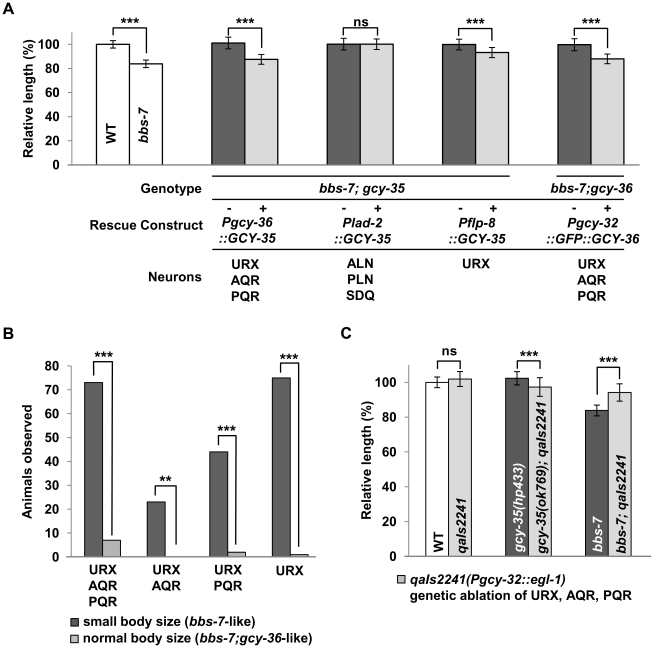Figure 3. GCY-35 and GCY-36 are required in body cavity neurons to influence body size.
(A) The body length of transgenic (+, light bars) gcy-35;bbs-7 animals expressing GCY-35 or GFP::GCY-36 constructs versus non-transgenic siblings (−, dark bars). Endogenous GCY-35 expressed in the body cavity neurons (Pgcy-32, Pgcy-36: URX, AQR, PQR), reverted gcy-35(lf)-mediated body size suppression, while expression in other endogenous GCY-35-expressing neurons (Plad-2: ALN, PLN, SDQ) did not. Expression of GCY-35 in URX and non-overlapping neurons (Pflp-8: URX, ASE, PVM) partially reverted the suppression in transgenic gcy-35;bbs-7 animals. ANOVA with Tukey, *** p<0.001, ns – p≥0.05, n≥20. Data represent mean ± SD normalized against wild-type body length. (B) Mosaic analysis of bbs-7;gcy-36 transgenic animals expressing GFP::GCY-36 showed a requirement for URX expression in rescuing suppression effects. Animals were first separated by body size into two groups: small body size (bbs-7-like, dark bars) or normal body size (bbs-7;gcy-36-like, light bars); they were then examined for the presence or absence of GFP::GCY-36 expression in the AQR, PQR and URX neurons. Fisher's Exact test, *** p<0.001; ** p<0.01, n≥20. Y-axis indicates the pooled number of animals of respective neuronal expression patterns. (C) The genetic ablation of AQR, PQR, and URX neurons using the qaIs2241 (pgcy-32::egl-1) transgene rescued the body size defects of bbs-7 mutants. The body length of wild-type, gcy-35 and bbs-7 animals (dark bars) was compared to those in combination with qaIs2241 (light bars). ANOVA with Tukey, *** p<0.001; ns – p≥0.05, n≥20. Data represent mean ± SD normalized against wild-type body length. For bbs-7 dataset, the ok1351 deletion allele was used.

